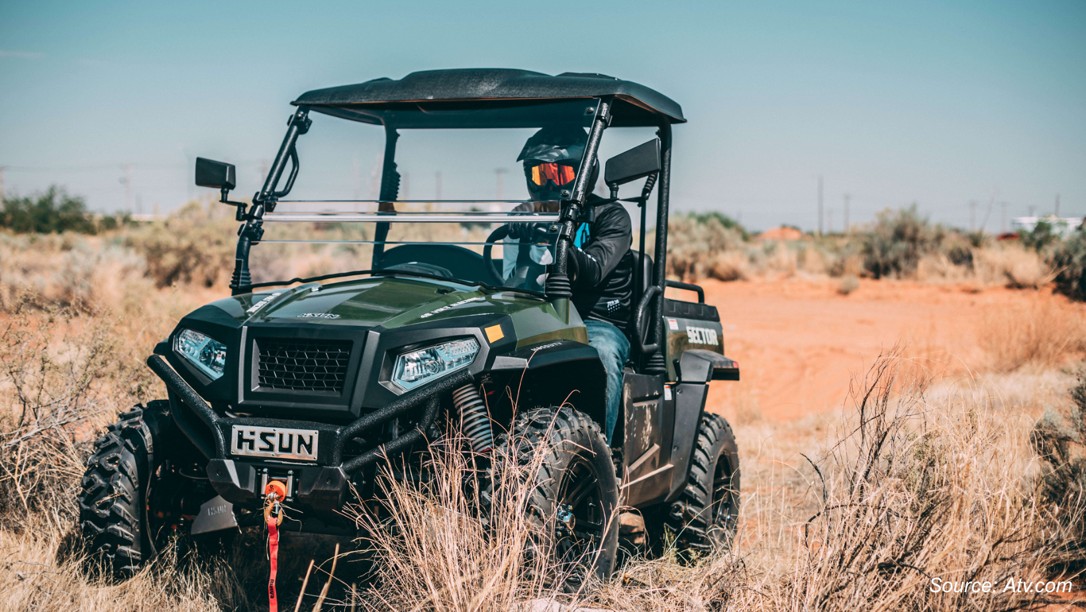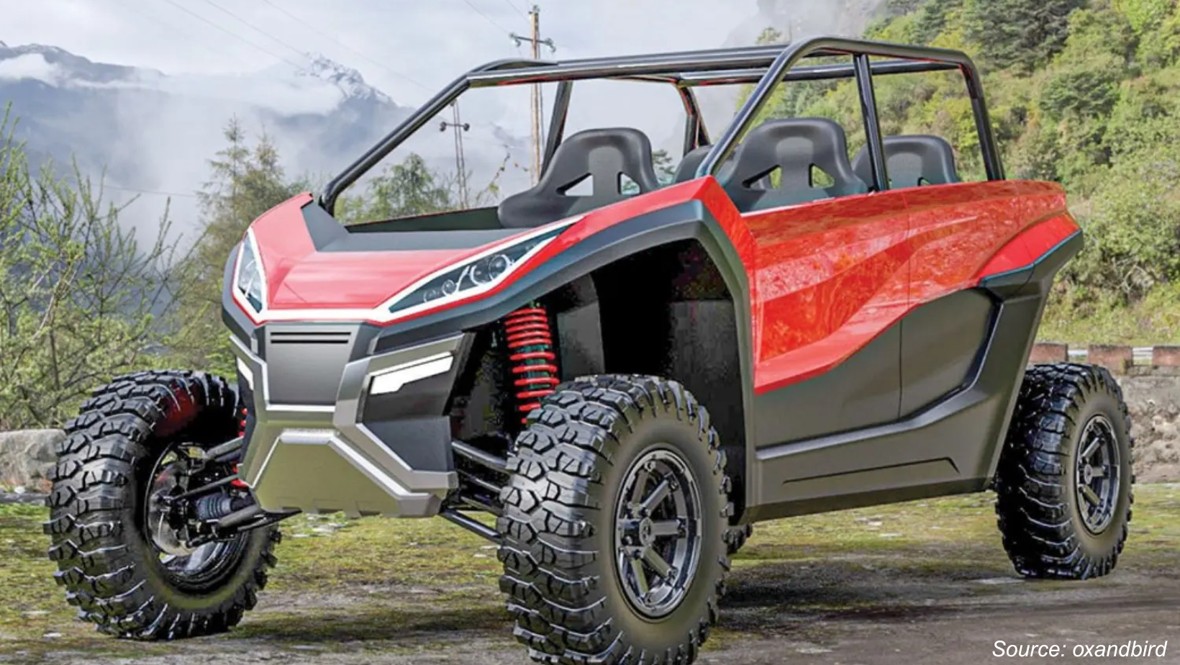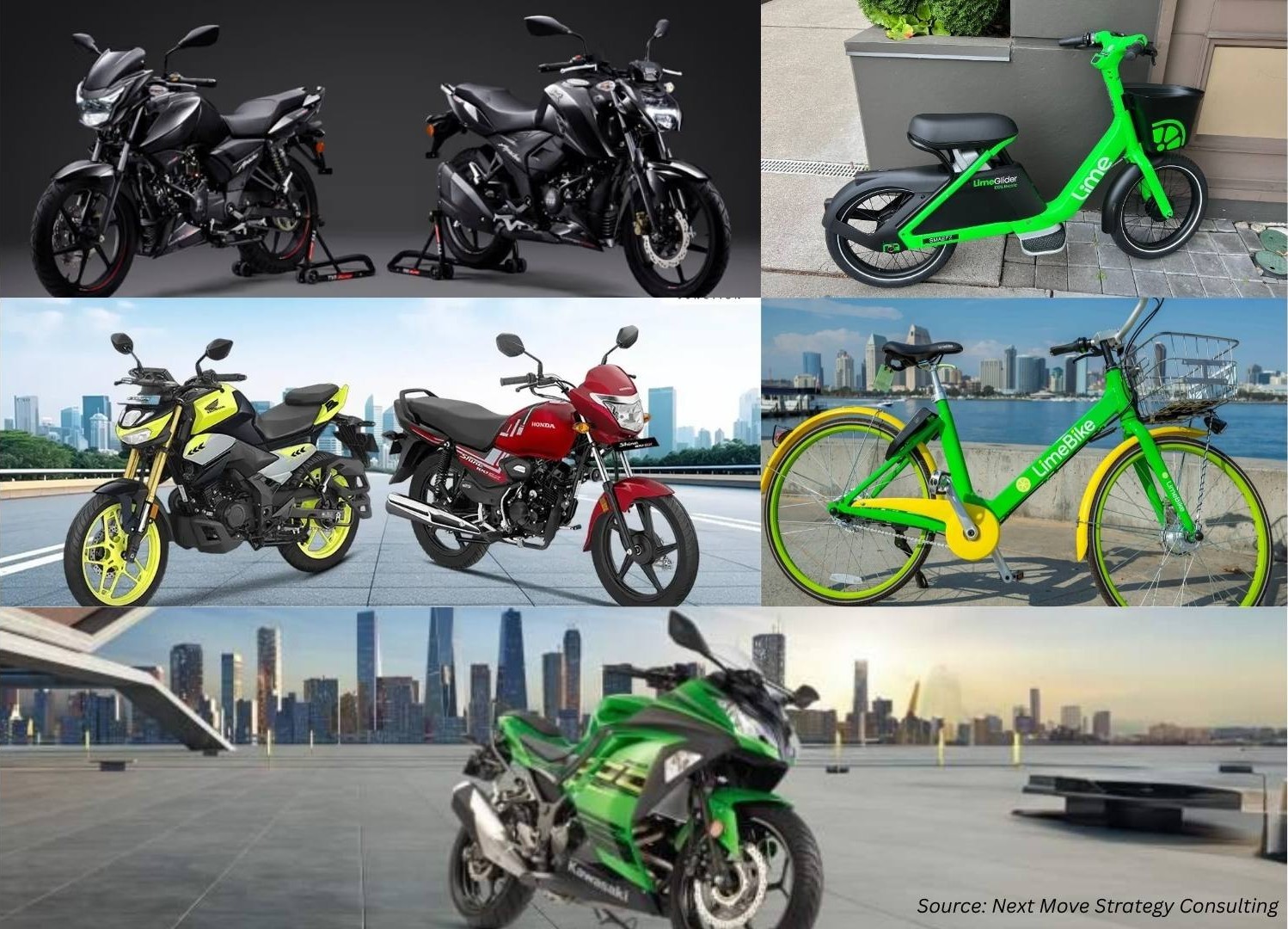How Electric ATVs and UTVs Are Transforming Outdoor Tourism
Published: 2025-11-06

The electric ATV & UTV industry has moved from experimental demos to practical, revenue-generating deployments across parks, resorts, and tour operators. These vehicles combine near-silent operation, low maintenance, and zero tailpipe emissions with improved range and ruggedization, all attributes that align perfectly with the demands of adventure tourism.
Operators run guided tours in wildlife-sensitive areas with less disturbance, municipalities maintain scenic assets without noise complaints, and resorts market eco-friendly experiences to increasingly sustainability-minded guests. The result is the formation of a new class of leisure product that blends experience design with operational economics, unlocking repeatable revenue while reducing environmental impact.
According to Next Move Strategy Consulting, the Electric ATV & UTV Market size was valued at USD 1408.8 million in 2024 and is expected to reach USD 1798.8 million by 2025. Looking ahead, the industry is projected to expand significantly, reaching USD 3682.6 million by 2030, registering a CAGR of 15.4% from 2025 to 2030. In terms of volume, the sector recorded 90 thousand units in 2024, with forecasts indicating growth to 120 thousand units by 2025 and further to 283 thousand units by 2030, reflecting a CAGR of 18.7% over the same period.
Curious about the Electric ATV & UTV Market? Grab a FREE Sample
In the electric ATV & UTV market trends, technological advancements are reshaping the way adventure tourism and off-road operations function. From improvements in battery systems to telematics, modular powertrains, and sustainable charging solutions, the scope for innovation is immense.
This blog explores the key factors driving the growth of electric off-road vehicles, including technological progress, infrastructure development, sustainability, and the rise of eco-conscious adventure tourism. Each of these elements highlights a critical dimension of the market’s evolution, providing insights into how electrification is transforming outdoor recreation, professional off-road applications, and the broader adventure tourism landscape.
Electrification is Paving the Path for Sustainable Off-Road Experiences
The global shift toward sustainability is redefining nearly every transportation segment, and the off-road vehicle industry is no exception. Electric ATVs and UTVs are emerging as transformative innovations in the adventure tourism ecosystem, combining power, environmental responsibility, and technological sophistication.
Traditionally dominated by combustion engines, the off-road segment is now witnessing a gradual yet decisive transition toward electric mobility, driven by growing environmental awareness, stricter emissions standards, and evolving consumer preferences for quiet, eco-conscious experiences.
For adventure tourism operators, e-ATVs and e-UTVs offer a dual advantage: they deliver high-performance capabilities for rugged terrains while preserving the serenity of natural environments, a balance that is crucial for nature-based recreational activities, eco-resorts, and wildlife parks.
Technology and Innovation is Steering the Market Momentum
Technological advancements have been instrumental in propelling the electric ATV & UTV market demand toward commercial viability. The integration of high-capacity lithium-ion batteries, advanced drive systems, and regenerative braking technologies has significantly enhanced vehicle performance, durability, and range.
Leading manufacturers such as Polaris, Alke, and CFMOTO are investing heavily in R&D to develop vehicles optimized for both recreational and professional applications. Polaris, for instance, introduced the Ranger XP Kinetic in June 2024, its first electric UTV offering up to 80 miles of range, equipped with a five-year battery warranty.
In partnership with Yotta Energy and supported by a USD 700,000 grant from the Michigan Office of Future Mobility and Electrification, Polaris established the first off-road charging network in Ontonagon County, Michigan, which is a pioneering step toward creating a sustainable charging infrastructure for off-road vehicles.
Similarly, Alke launched the ATX 4 series in 2025, integrating 24 kWh lithium-ion batteries that provide up to 200 km of range and enhanced payload capacity, designed specifically for professional applications in agriculture, construction, and tourism.
The continuous evolution of solid-state battery technology and modular powertrain systems is expected to further reduce range anxiety and improve energy efficiency. Simultaneously, telematics and automation are enabling fleet operators to monitor performance, optimize battery usage, and improve total cost of ownership (TCO). These innovations are setting the stage for long-term electric ATV & UTV market growth, especially in sectors that depend on reliable, low-maintenance vehicles for both work and recreation.
Adventure Tourism: A Catalyst for Electric Off-Road Adoption
Adventure tourism has evolved from a niche interest to a mainstream travel segment, with eco-conscious travellers seeking immersive and responsible outdoor experiences. Electric ATVs and UTVs are uniquely positioned to serve this growing market due to their quiet operation, zero emissions, and ability to access remote natural terrains without disturbing wildlife.
Operators of eco-lodges, national parks, and adventure trails are increasingly integrating electric vehicles into their fleets to align with sustainability objectives and enhance visitor experiences. A notable example is DRR USA’s EV Safari 4x4, recognized as the world’s best electric ATV for its superior performance in eco-tour operations. Its silent operation and 50-mile range make it ideal for guided nature tours, demonstrating how electric mobility can elevate the quality and sustainability of adventure tourism.
Moreover, the broader travel industry is actively leveraging electric off-road vehicles to diversify offerings. Adventure parks, wildlife reserves, and resort chains are incorporating electric ATVs and UTVs into guided safaris and maintenance operations, reducing operational emissions and noise pollution. This trend not only enhances the appeal of destinations that prioritize environmental stewardship but also strengthens the business case for sustainable tourism infrastructure worldwide.
Building the Infrastructure for the Next Phase of Growth
While electrification offers immense potential, the lack of adequate charging infrastructure remains a key constraint to full-scale adoption. Remote adventure destinations and commercial operators often struggle with limited grid access and unpredictable power supply.
However, emerging solutions such as solar-powered charging hubs, modular battery-swap systems, and hybrid microgrids are beginning to address these challenges. Collaborative projects between OEMs, energy providers, and government agencies are accelerating the development of decentralized charging networks, an essential step in enabling long-distance off-road operations.
At the same time, integrated telematics platforms and data-driven maintenance solutions are helping operators optimize fleet utilization and reduce downtime. Manufacturers are also exploring subscription-based models that combine vehicle leasing with charging and maintenance services, providing operators with predictable costs and operational flexibility.
As state and regional governments continue to prioritize electrification through grants and incentives, the long-term outlook for electric recreational off¬road vehicles in adventure tourism remains robust. The convergence of clean energy infrastructure, technological innovation, and rising eco-tourism demand is set to define the next chapter of sustainable outdoor mobility.
Conclusion: The Future of Eco-Adventures is Electric
The electric ATV & UTV market share stands at a pivotal juncture, where sustainability, technology, and tourism intersect to redefine the way people explore natural landscapes. As advancements in energy storage, automation, and infrastructure converge, electric off-road vehicles are poised to become integral to the global adventure tourism industry.
Manufacturers investing in clean technologies and strategic partnerships today will not only gain a competitive edge in the electric ATV & UTV market, but also contribute meaningfully to a greener, more immersive future for travellers. In essence, the shift toward electrification is not just transforming vehicles; it is reshaping the very essence of adventure itself.
About the Author
 Mayurima Roy is a seasoned researcher with over two years of experience, specializing in various industry verticals such as elevator market, recycling market, and construction electronics. With a strong passion for writing, she views blogging as a valuable platform to share her industry insights and expertise. Outside of tracking market trends and developments, Mayurima enjoys crafting, cooking, and exploring her creativity through photography.
Mayurima Roy is a seasoned researcher with over two years of experience, specializing in various industry verticals such as elevator market, recycling market, and construction electronics. With a strong passion for writing, she views blogging as a valuable platform to share her industry insights and expertise. Outside of tracking market trends and developments, Mayurima enjoys crafting, cooking, and exploring her creativity through photography.
About the Reviewer
 Sikha Haritwal is a researcher with more than 5 years of experience. She has been keeping a close eye on several industry verticals, including construction & manufacturing, personal care products, and consumer electronics. She has avid interest in writing news articles and hopes to use blog as a platform to share her knowledge with others.
Sikha Haritwal is a researcher with more than 5 years of experience. She has been keeping a close eye on several industry verticals, including construction & manufacturing, personal care products, and consumer electronics. She has avid interest in writing news articles and hopes to use blog as a platform to share her knowledge with others.


















Add Comment